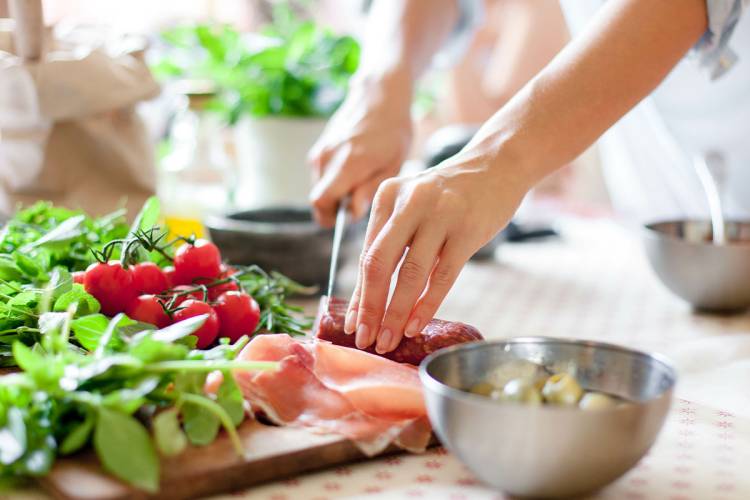How do you avoid cross-contamination?
There are many techniques for conserving food for longer which help us to avoid food waste. We tell you what they are!
TRIED AND TESTED
Share

What do we know about cross-contamination?
When at a restaurant, on more than one occasion, you have probably thought about whether they have observed the protocols for avoiding cross-contamination when cooking. But, in order to understand all of this, how it could affect us and how we can prevent it, we first need to know what cross-contamination is.
Cross-contamination is the process through which certain viruses, bacteria and toxins from certain foods or cleaning utensils pass from one surface to another, either through direct contact, for example from one food to another, or through indirect contact, such as a from a surface to a food.
Moreover, cross-contamination can also be understood as the contact between certain foods that may not be harmful to the general population, but which can cause an allergic reaction if consumed by specific groups (for example, those who are gluten or lactose intolerant).
Cross-contamination of foods can take place:
- During food preparation: it may come from the hands of those handling or preparing the food, as well as the utensils being used.
- During storage: to avoid cross-contamination by bacteria, foods should be stored separately, as there are certain bacteria in raw food that can contaminate cooked food.

Tips for preventing cross-contamination
- Cleaning the kitchen with very hot water and detergent is a good way of preventing cross-contamination.
- It is important to wash your hands correctly and regularly, especially when handling different foods, opening or closing the fridge, etc.
- Ensuring all materials and containers that you use are clean is as important as hand hygiene. Don’t use the same knife or utensil to cut meat and then to cut fish or vegetables.
- Take great care with chopping boards, as they tend to be the focal point for cross-contamination because we use them to work on all kinds of foods. It is best to have different coloured boards for each food group, and to disinfect them after each use.
- In the fridge, keep raw food separate from cooked food.
- Use containers or food mats to store fish or raw meat, as well as other fresh foods.
- Be careful with eggs, as this is a food that can transmit a lot of contamination. So, when cooking them, try to dispose of any raw egg remains and ensure that you cook eggs correctly.






